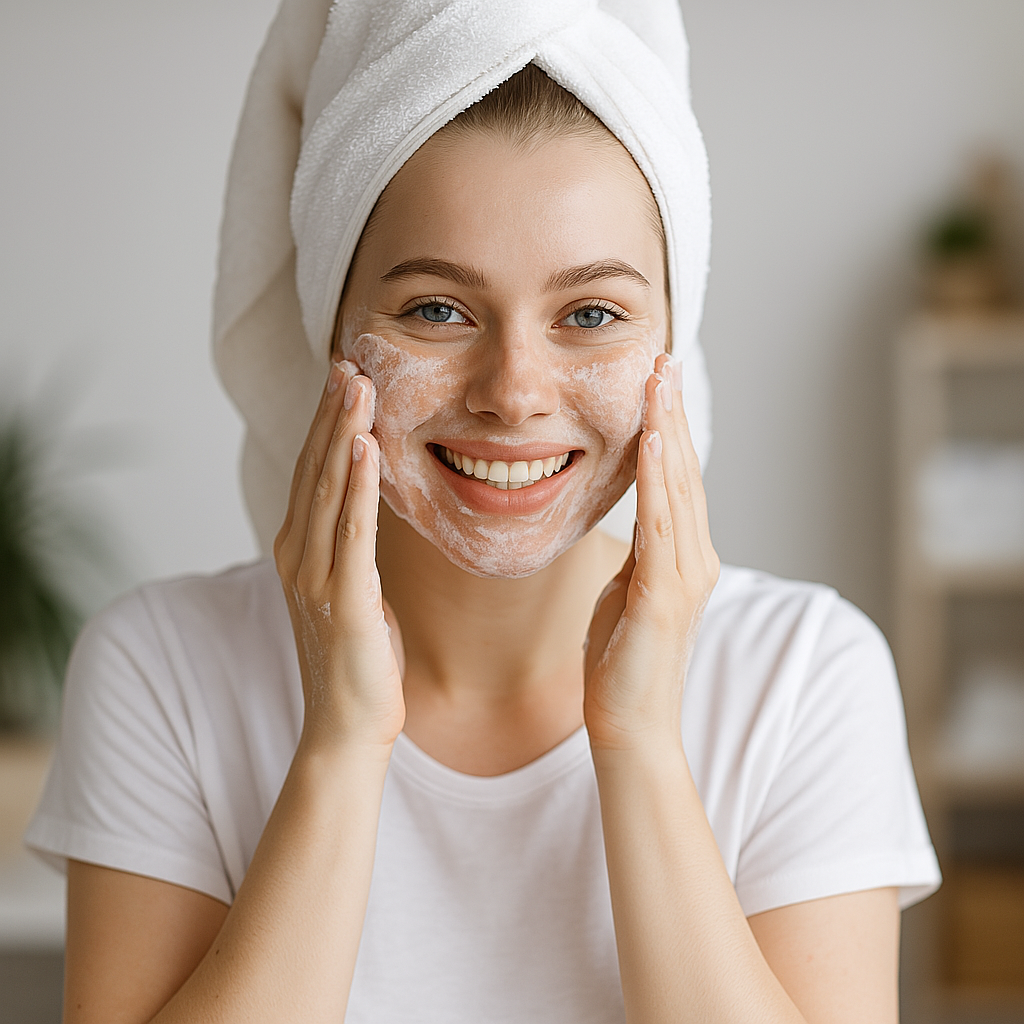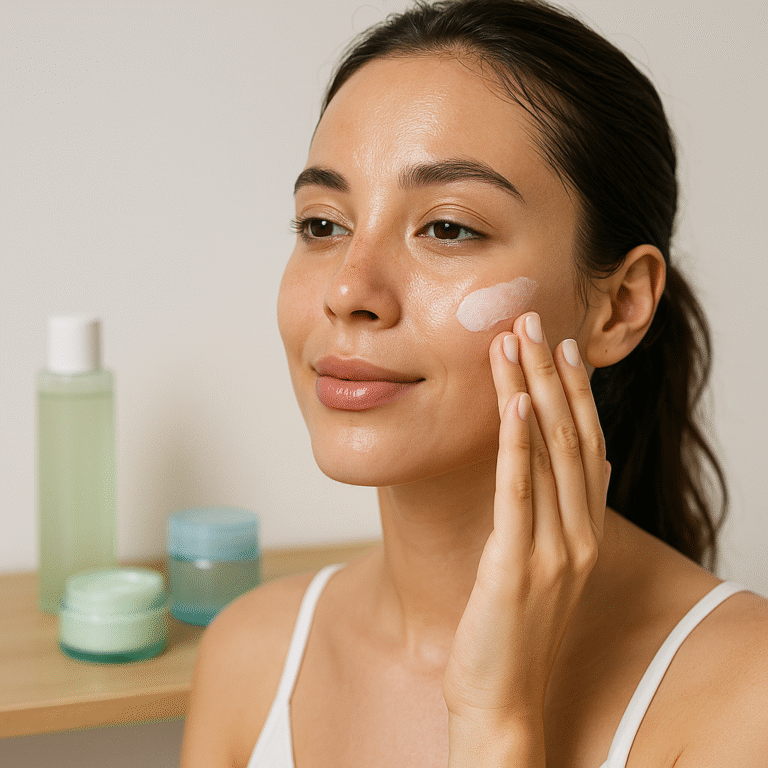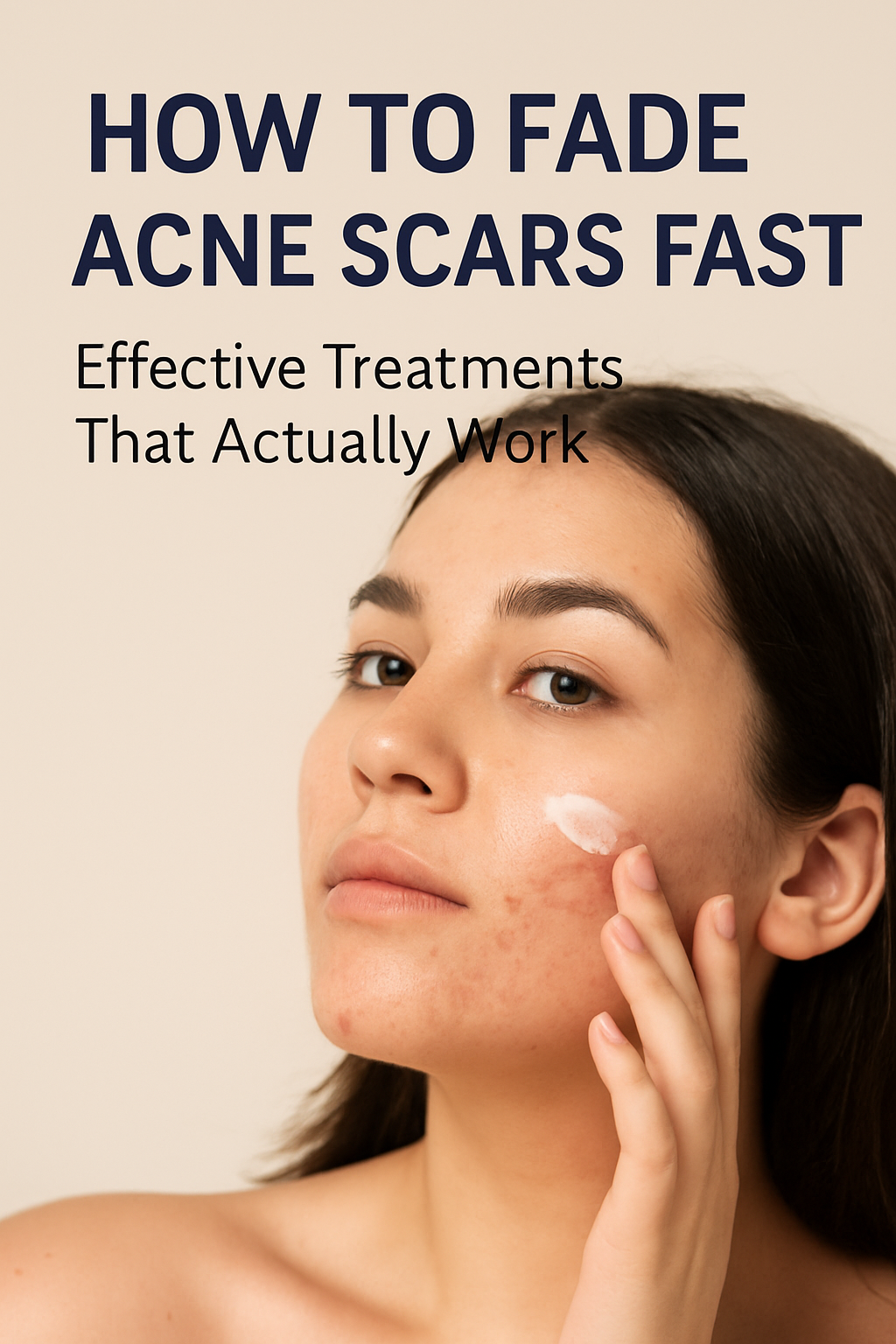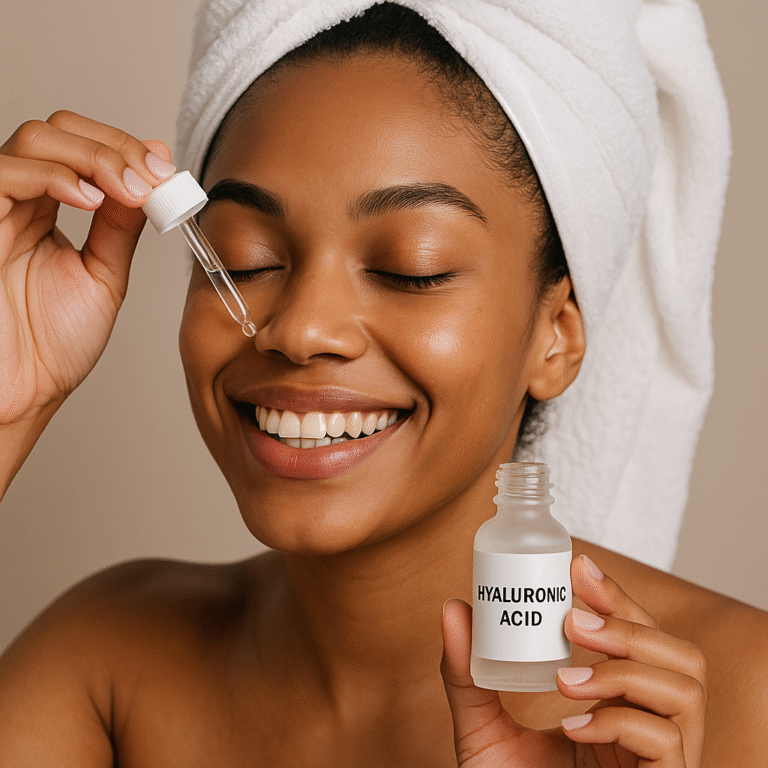Chemical vs Physical Exfoliation: What’s Best for Your Skin?
Exfoliation is the secret weapon in every effective skincare routine. But when it comes to choosing between chemical and physical exfoliation, many people are left confused. Each method has its benefits and potential drawbacks depending on your skin type, sensitivity, and skincare goals.
What Is Exfoliation?
Exfoliation is the process of removing dead skin cells from the surface of your skin. Regular exfoliation can help unclog pores, prevent acne, even out skin tone, and allow skincare products to penetrate more effectively.
Physical Exfoliation
Physical exfoliation uses small particles, brushes, or tools to manually slough off dead skin. Common examples include:
• Facial scrubs with microbeads, sugar, or salt
• Exfoliating gloves or brushes
• Silicone cleansing tools
Pros:
• Instant smoothing effect
• Easily accessible and affordable
• Gives a tactile sense of cleanliness
Cons:
• Can be abrasive or cause microtears
• Not ideal for sensitive or acne-prone skin
• May lead to over-exfoliation if used too frequently
Chemical Exfoliation
Chemical exfoliants use active ingredients like AHAs (alpha hydroxy acids), BHAs (beta hydroxy acids), or enzymesto dissolve the bonds between dead skin cells.
Common ingredients:
• Glycolic acid
• Lactic acid
• Salicylic acid
• Fruit enzymes (e.g., papaya, pineapple)
Pros:
• More even exfoliation
• Better suited for acne-prone or sensitive skin
• Targets deeper layers of the skin for longer-term results
Cons:
• May cause irritation or sensitivity initially
• Requires sun protection afterward
• Needs careful introduction into a routine
Which Is Better?
It depends on your skin type and goals:
| Skin Type | Recommended Exfoliation |
|---|---|
| Dry or sensitive | Lactic acid, gentle AHAs |
| Oily or acne-prone | Salicylic acid (BHA) |
| Normal | Combination of both |
| Mature skin | Glycolic acid |
Physical exfoliation may be used 1-2 times per week, while chemical exfoliants vary depending on concentration but are often used 2-3 times per week.
Tip: Never use both methods on the same day. Over-exfoliation can damage your skin barrier.
How to Choose Safely
1. Start slow — especially with chemical exfoliants. Begin with once per week.
2. Patch test before full application.
3. Always moisturize after exfoliating.
4. Use SPF daily, as exfoliated skin is more sensitive to the sun.
Complement Your Routine
Exfoliation works best as part of a complete skincare routine that includes:
• Double cleansing
• Hydration
• Moisturizing
• Sun protection
Read more about How to Double Cleanse for Healthier Skin and The Benefits of Hydration for Skin Health.
Ready to Reveal Radiant Skin?
Exfoliation doesn’t have to be intimidating. Choosing the right method for your skin can dramatically improve texture, tone, and glow. Start slow, listen to your skin, and let exfoliation bring out your natural brilliance.




